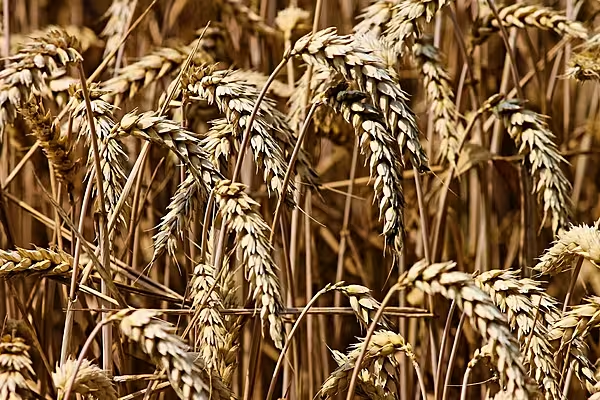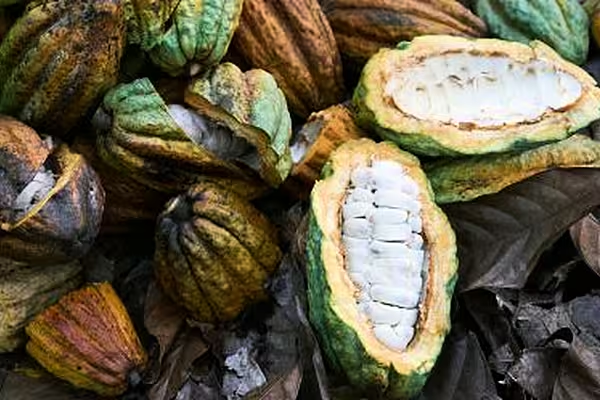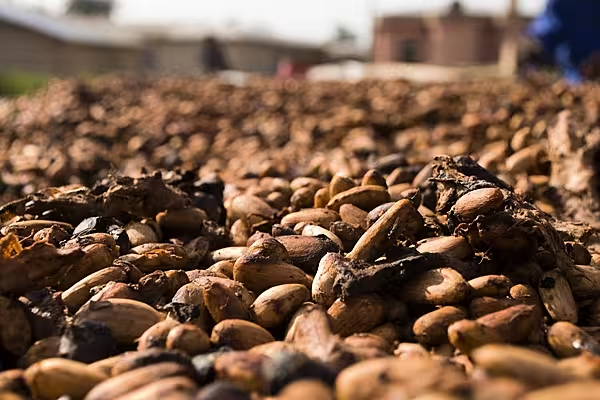Canada's farmers may face another drought this year, just as the world counts on the breadbasket nation to grow bigger wheat and canola crops to ease food inflation fuelled by the Russia-Ukraine war.
Dry conditions shrank last year's Canadian harvest, and wheat crops in the United States and China are now struggling.
In 2020, prior to the drought, Canada's wheat exports accounted for 13% of globally traded wheat, according to the US Department of Agriculture.
Russia's invasion of Ukraine drove prices of Minneapolis spring wheat MWEc1 to 14-year highs as the two nations accounted for close to 30% of global supply.
Ukraine is also a significant vegetable oil producer, and canola prices have jumped to record highs.
Eyes are now turning to spring-seeded crops in Canada to help make up the shortfall.
'Extreme Drought'
Southern Manitoba has collected heavy snowfall. But much of the Canadian Prairies is still parched, with southern Alberta and central Saskatchewan in "extreme drought" conditions as of 28 February, according to Canada's drought monitor.
"We don't have a reserve of moisture in the soil that we would normally have after the winter because it was depleted so much last year," said Trevor Hadwen, an agroclimate specialist for Agriculture and Agri-Food Canada.
"We're extremely vulnerable to dry periods this year."
Andy Keen, a Manitoba grower of canola and oats, was in the drought's epicenter last year, and had some crops completely written off.
"We're very grateful for the snow we did receive this winter... But I'm not sure if its moisture content is extremely high," said Keen.
Concerns
Drought concerns could influence what crops farmers choose to plant, said Jonathon Driedger, vice president at LeftField Commodity Research.
"If there's some concern that maybe we won't get the rain in spring, they might shift crops a little bit towards ones that can handle dry conditions a little better," said Driedger.
Canola grows relatively well even when moisture is scarce, but it requires a lot of fertiliser and is more expensive to plant than some crops, Driedger said.
Expectations
LeftField expects both canola and spring wheat plantings to rise 2% from last year, only a modest bump because of the need to rotate crops, Driedger said.
Statistics Canada will report on farmers' planting intentions on 26 April.
Demand for canola, used mainly to make vegetable oil, is relatively inelastic, meaning that a small change in supply can result in a huge price change, said Jerry Klassen, president of consultancy Resilient Capital.
Canola prices will likely stay around all-time highs for another year, he said.
News by Reuters, edited by Donna Ahern, Checkout. For more supply chain stories, click here. Click subscribe to sign up for the Checkout print edition.









